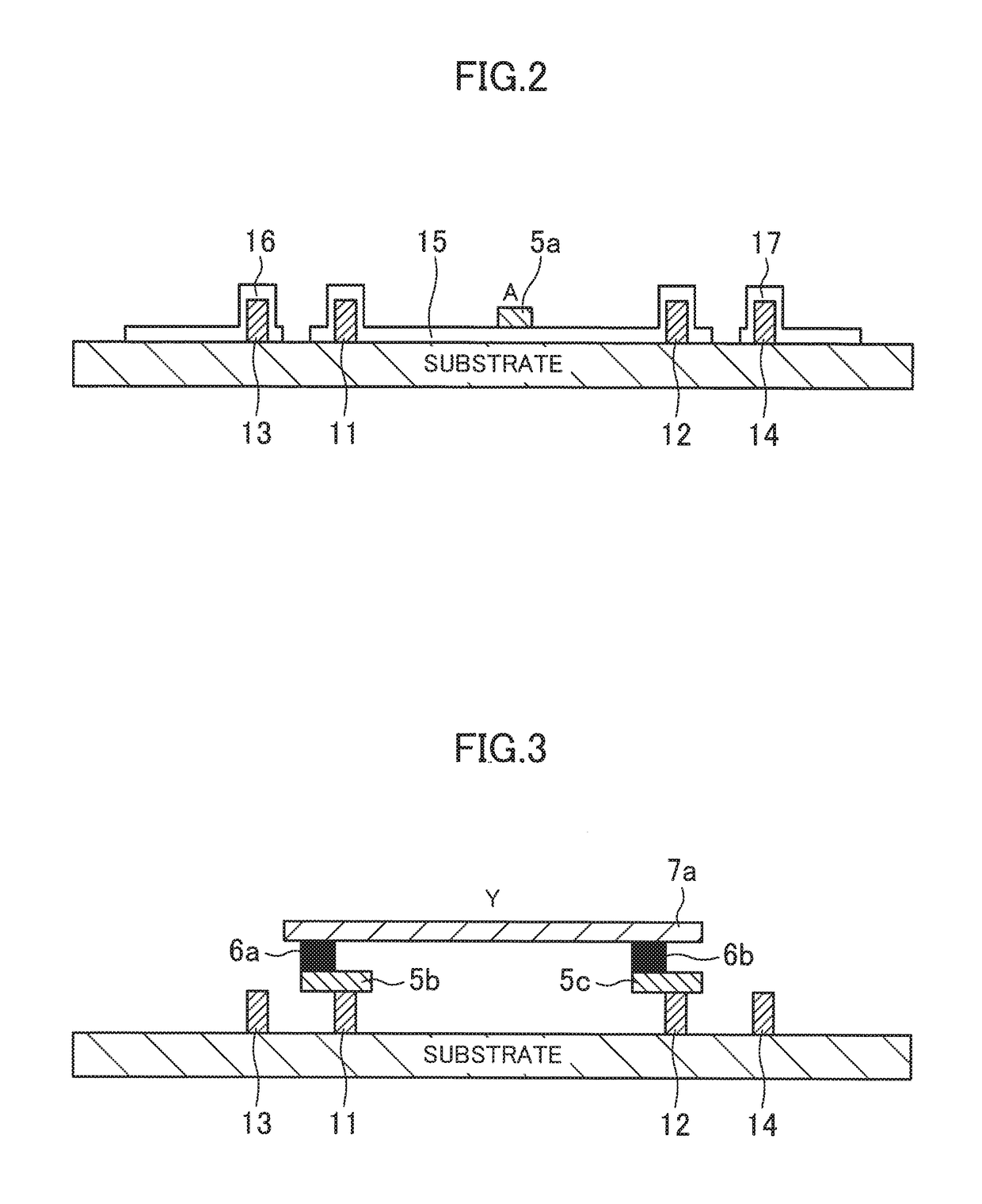Semiconductor integrated circuit device
a technology of integrated circuit device and semiconductor, which is applied in the direction of semiconductor device, semiconductor/solid-state device details, electrical apparatus, etc., can solve the problems of increase in cost and decrease in and achieve the effect of reducing design margin, and improving the performance of semiconductor integrated circuit devi
- Summary
- Abstract
- Description
- Claims
- Application Information
AI Technical Summary
Benefits of technology
Problems solved by technology
Method used
Image
Examples
first embodiment
[0032]FIG. 1 is a plan view illustrating an exemplary layout design for a standard cell included in a semiconductor integrated circuit device according to a first embodiment. FIG. 2 is a cross-sectional view taken along the plane K1-K1 in the layout design of FIG. 1, and FIG. 3 is a cross-sectional view taken along the plane K2-K2 in the layout design of FIG. 1. In this embodiment, an inverter cell will be described for the sake of simplicity, but the present disclosure is not limited thereto.
[0033]The standard cell 1 illustrated in FIGS. 1-3 includes a fin transistor. The standard cell 1 includes a plurality of fins 11, 12, 13, and 14 extending in the lateral direction on the paper (corresponding to a first direction), and arranged in the vertical direction on the paper (corresponding to a second direction perpendicular to the first direction). In FIG. 1 and other plan views, a fin transistor is comprised of a fin and a gate formed on the fin. A local interconnect is formed so as t...
second embodiment
[0041]FIG. 6 is a plan view illustrating an exemplary layout design for a semiconductor integrated circuit device according to a second embodiment. In the following description of the second embodiment, an inverter cell will be described as one example for the sake of simplicity. However, this is only an exemplary embodiment of the present disclosure. Adjoining standard cells 2A and 2B may be cells of mutually different types.
[0042]The standard cells 2A and 2B illustrated in FIG. 6 each include a fin transistor. The standard cell 2A includes a plurality of fins 21 and 22 extending in the lateral direction on the paper (corresponding to a first direction), and arranged in the vertical direction on the paper (corresponding to a second direction perpendicular to the first direction). The fins 21 and 22 are active fins, and form part of active transistors which contribute to the logical function of the standard cell 2A. A gate line 26 is provided on the fins 21 and 22. Likewise, the sta...
third embodiment
[0050]FIG. 10 is a plan view illustrating an exemplary layout design for a semiconductor integrated circuit device according to a third embodiment. FIG. 10 illustrates a first cell row CR1 including standard cells 3A, 3B, 3C, and 3D that are arranged side by side in the lateral direction on the paper (corresponding to a first direction), and a second cell row CR2 including standard cells 3E, 3F, 3G, and 3H that are arranged side by side in the lateral direction on the paper, and disposed adjacent to the first cell row CR1 in the vertical direction on the paper (corresponding to a second direction perpendicular to the first direction). FIG. 10 illustrates only cell frames and fins arranged along the cell row boundary CRB between the first and second cell rows CR1 and CR2 for the sake of simplicity with illustration of the other fins omitted. In the first cell row CR1, fins 31, 32, 33a, 33b, and 34 extending in the lateral direction on the paper are arranged in a straight line along t...
PUM
 Login to View More
Login to View More Abstract
Description
Claims
Application Information
 Login to View More
Login to View More - R&D
- Intellectual Property
- Life Sciences
- Materials
- Tech Scout
- Unparalleled Data Quality
- Higher Quality Content
- 60% Fewer Hallucinations
Browse by: Latest US Patents, China's latest patents, Technical Efficacy Thesaurus, Application Domain, Technology Topic, Popular Technical Reports.
© 2025 PatSnap. All rights reserved.Legal|Privacy policy|Modern Slavery Act Transparency Statement|Sitemap|About US| Contact US: help@patsnap.com



